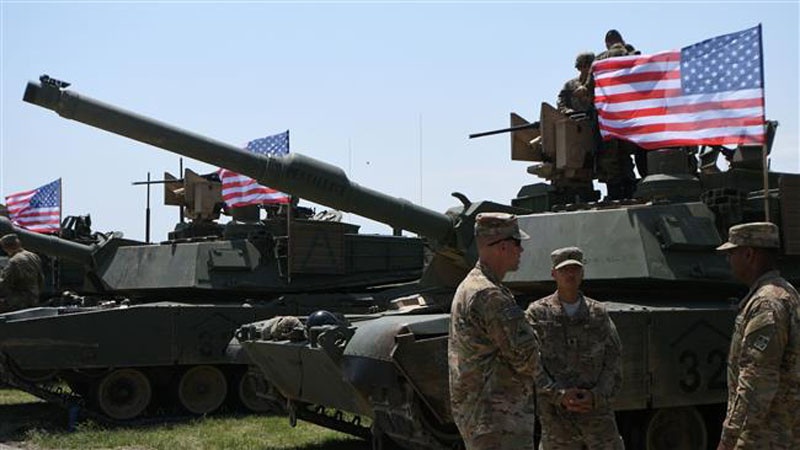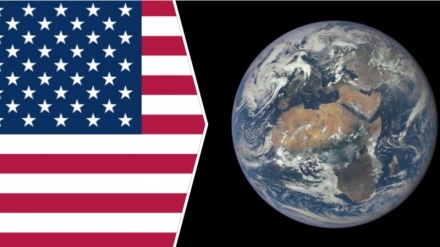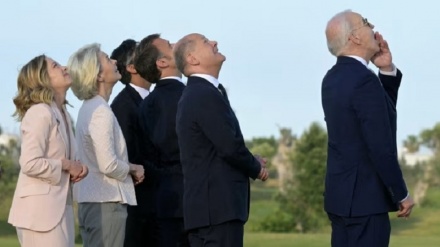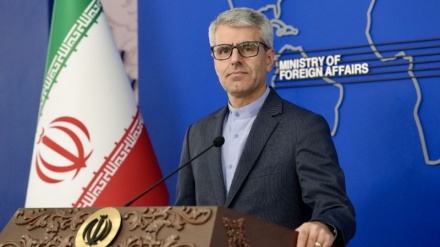EU to ease military mobility amid tensions with Russia
The European Union has unveiled new plans to make transport of troops and military hardware across the bloc less difficult in a bid to enhance defense against what it calls Russian threats.
On Friday, the European Commission adopted a list of measures to be taken in order to remove the obstacles hampering the movement of military equipment and personnel across EU member states.
Senior commanders of the US-led NATO military alliance have repeatedly complained of burdensome border bureaucracy is hindering their ability to swiftly move resources around Europe, thereby reducing their capacity to provide a serious deterrent to what they describe as possible aggression by Russia.
European Transport Commissioner Violeta Bulc said Friday that it was “high time” that military requirements were once again taken into account in transport planning.
“The swift movement of military personnel and equipment is hindered by physical, legal and regulatory barriers,” Bulc declared as quoted in an AFP report.
“This creates inefficiencies in public spending, delays, disruptions, and above all a greater vulnerability,” he further explained.
The report also cited a joint statement of EU members highlighting recent war games where Customs problems and infrastructure limitations had led to “delays, disruptions higher costs and increased vulnerability.”
After an initial study period, the European Commission will recommend an action plan by March 2018 for endorsement by member states.
EU authorities, meanwhile, will look to streamline Customs checks that are currently causing delays as well as reviewing infrastructure plans to ensure that roads, bridges and railways across the bloc are able to carry heavy military equipment such as tanks.
NATO announced earlier this week its plans for a new logistics hub to improve the way it moves resources around Europe. However, it needs EU’s assistance to improve transport networks.
SS



